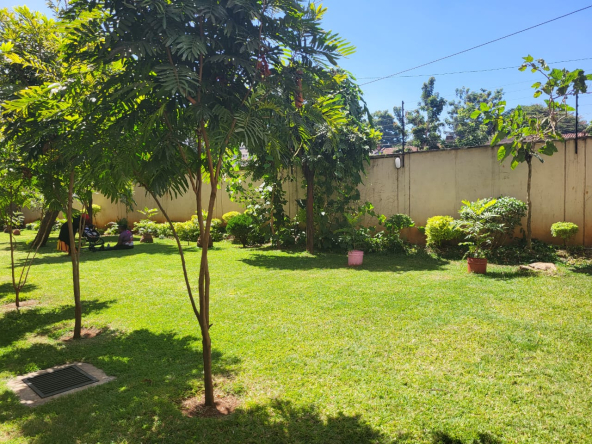A Groundbreaking Strategy: Kenya’s Ambitious Blueprint for Achieving Affordable Housing
With the growing population and rapidly urbanizing cities in Kenya, the issue of affordable housing has become a major concern for both the government and its citizens. In response to this critical need, the Kenyan government has developed an ambitious plan to address the housing crisis and provide affordable housing solutions to its people. This groundbreaking strategy aims to not only alleviate the burden of soaring rental prices but also make homeownership a reality for many Kenyans who have long dreamt of having a place to call their own.
Vision 2030: The Birth of a Dream
The concept of affordable housing in Kenya was first introduced through the Vision 2030 development plan. This comprehensive blueprint set out the government’s long-term objectives, including the provision of decent and affordable housing for all Kenyans by the year 2030. This visionary approach laid the foundation for the subsequent policies and programs that have been put in place to address the housing crisis in the country.
The main objective of Vision 2030 is to ensure that affordable housing is accessible to Kenyans across all income levels—whether low, middle, or high. By taking into account the diverse needs of its citizens, the government aims to create inclusive communities where anyone can find a home that meets their requirements and budget.
Affordable Housing Program: Bridging the Gap
Recognizing the urgent need for action, the Kenyan government launched the Affordable Housing Program. This initiative seeks to provide Kenyans with affordable and decent housing options through various interventions, such as partnership programs, tax incentives, and innovative financing mechanisms.
One of the key features of the program is the establishment of the National Housing Development Fund. This fund, financed through contributions from both employees and employers, provides affordable financing options to facilitate home ownership for Kenyans. The government has also encouraged private sector involvement by facilitating public-private partnerships, making it easier for developers to participate in affordable housing projects.
Slum Upgrading: Transforming Lives
In addition to the Affordable Housing Program, the Kenyan government has prioritized slum upgrading projects to improve the living conditions of urban slum dwellers. These interventions aim to provide basic amenities such as clean water, sanitation facilities, and proper housing to residents living in informal settlements.
Through the Slum Upgrading Program, the government works towards transforming slums into vibrant and sustainable neighborhoods. This multi-faceted approach includes improving infrastructure, upgrading housing units, and enhancing access to social services. By focusing on slum upgrading, the government aims to create a more equitable society where all citizens have access to dignified living conditions.
Public-Private Partnerships: A Collaborative Approach
Recognizing the need for collaboration to achieve its ambitious affordable housing goals, the government has actively sought partnerships with private sector players. By joining forces, the public and private sectors can leverage their respective strengths and resources to create innovative and sustainable housing solutions.
Under this collaborative model, the government provides incentives, land, and regulatory support, while private developers bring their expertise, investment, and construction capabilities. This synergy enables the creation of affordable housing projects at a pace that significantly exceeds what either sector could achieve independently.
The Role of Technology: Innovating Housing Solutions
Technology has played a vital role in revolutionizing the affordable housing sector in Kenya. Innovations, such as the use of 3D printing, prefab construction techniques, and smart housing solutions, have helped to lower the cost of construction and improve the efficiency of building processes.
By embracing technology, the government aims to leverage these advancements to speed up the delivery of affordable housing projects. This not only reduces the overall cost for homebuyers but also ensures that the houses are built to high-quality standards.
Tackling the Affordable Housing Crisis Together
Addressing the affordable housing crisis in Kenya requires a collective effort from all stakeholders. The government, alongside private developers, financial institutions, and the public, must work together to achieve the ambitious goals set out in Vision 2030.
Through a combination of innovative policies, incentives, and partnerships, the government is determined to provide affordable housing options that cater to the diverse needs and incomes of Kenyans. By doing so, they aim to not only bridge the housing gap but also improve the overall living conditions, promote socioeconomic development, and enhance the quality of life for all citizens.
The concept of affordable housing in Kenya is no longer just a dream but a tangible goal that the government is actively working towards. With visionary plans, collaborative partnerships, and the integration of technology, Kenya’s ambitious blueprint for achieving affordable housing is empowering citizens, transforming communities, and shaping a brighter future for the nation.





